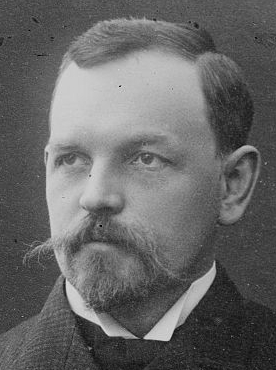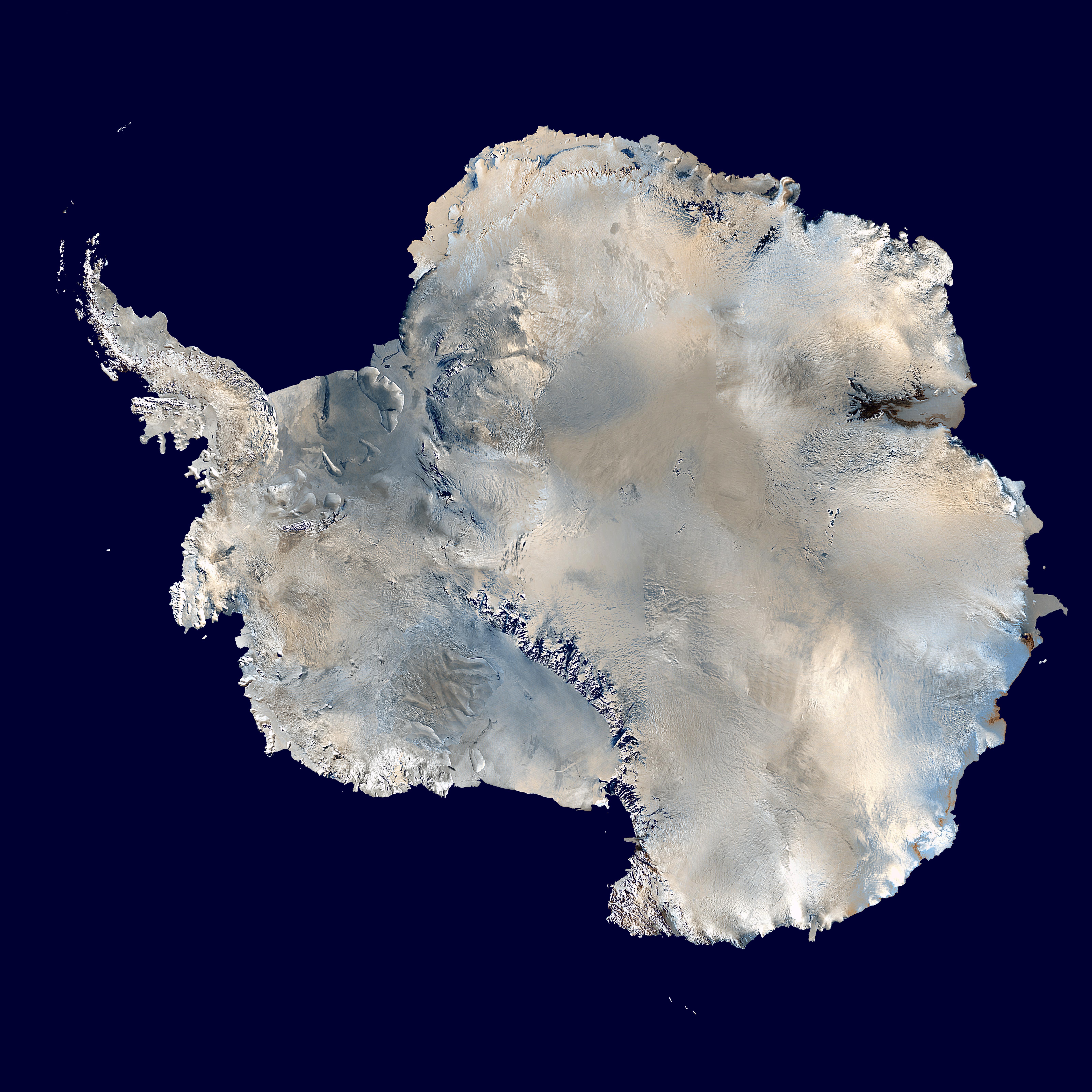|
Cape Worsley
Cape Worsley () is a dome-shaped cape 225 m high with snow-free cliffs on the south and east sides, lying 10 nautical miles (18 km) east of the south end of Detroit Plateau on Nordenskjöld Coast in Graham Land, Antarctica. Charted by the Falkland Islands Dependencies Survey (FIDS) in 1947 and named for Commander Frank A. Worsley, British polar explorer and member of Sir Ernest Shackleton Sir Ernest Henry Shackleton (15 February 1874 – 5 January 1922) was an Anglo-Irish Antarctic explorer who led three British expeditions to the Antarctic. He was one of the principal figures of the period known as the Heroic Age of ...'s expeditions of 1914-16 and 1921–22. Headlands of Graham Land Nordenskjöld Coast {{NordenskjöldCoast-geo-stub ... [...More Info...] [...Related Items...] OR: [Wikipedia] [Google] [Baidu] |
Detroit Plateau
Detroit Plateau () is a major interior plateau of Graham Land on the Antarctic Peninsula, with heights between . Its northeast limit is marked by the south wall of Russell West Glacier, from which it extends some in a general southwest direction to Herbert Plateau. The plateau was observed from the air by Sir Hubert Wilkins on a flight of December 20, 1928. Wilkins named it Detroit Aviation Society Plateau after the society which aided in the organizing of his expedition, but the shortened form of the original name is approved. The north and east sides of the plateau were charted by the Falkland Islands Dependencies Survey in 1946–47. Dinsmoor Glacier flows east from the south edge of Detroit Plateau. Central plateaus of Graham Land North to south: * Laclavère Plateau * Louis Philippe Plateau * Detroit Plateau * Herbert Plateau * Foster Plateau * Forbidden Plateau * Bruce Plateau * Avery Plateau * Hemimont Plateau Hemimont Plateau ( bg, плато Хемимонт, plato ... [...More Info...] [...Related Items...] OR: [Wikipedia] [Google] [Baidu] |
Nordenskjöld Coast
The Nordenskjöld Coast (64° 30' S 60° 30' W) is located on the Antarctic Peninsula, more specifically Graham Land, which is the top region of the Peninsula. The Peninsula is a thin, long ice sheet with an Alpine-style mountain chain. The coast consists of 15m tall ice cliffs with ice shelves. The Nordenskjöld Coast was discovered by Otto Nordenskjöld, a Swedish explorer and geographer, and Carl Anton Larsen, a Norwegian explorer and whaler, during the Swedish Antarctic Expedition in 1901–1904. The name was suggested by Edwin Swift Balch in 1909, who was part of the Antarctic Exhibition alongside Dr. Nordenskjöld. The Nordenskjöld coast extends 50 miles west-southwest from Cape Longing to Drygalski Bay and Cape Fareweather, with Oscar II Coast located to the south. The Nordenskjöld Coast faces the Weddell Sea at the top of the Antarctic continent. The thinness of the Antarctic Peninsula and its northerly location makes it prone to change due to global warming. The leng ... [...More Info...] [...Related Items...] OR: [Wikipedia] [Google] [Baidu] |
Graham Land
Graham Land is the portion of the Antarctic Peninsula that lies north of a line joining Cape Jeremy and Cape Agassiz. This description of Graham Land is consistent with the 1964 agreement between the British Antarctic Place-names Committee and the US Advisory Committee on Antarctic Names, in which the name "Antarctic Peninsula" was approved for the major peninsula of Antarctica, and the names Graham Land and Palmer Land for the northern and southern portions, respectively. The line dividing them is roughly 69 degrees south. Graham Land is named after Sir James R. G. Graham, First Lord of the Admiralty at the time of John Biscoe's exploration of the west side of Graham Land in 1832. It is claimed by Argentina (as part of Argentine Antarctica), Britain (as part of the British Antarctic Territory) and Chile (as part of the Chilean Antarctic Territory). Graham Land is the closest part of Antarctica to South America. Thus it is the usual destination for small ships taking pay ... [...More Info...] [...Related Items...] OR: [Wikipedia] [Google] [Baidu] |
Antarctica
Antarctica () is Earth's southernmost and least-populated continent. Situated almost entirely south of the Antarctic Circle and surrounded by the Southern Ocean, it contains the geographic South Pole. Antarctica is the fifth-largest continent, being about 40% larger than Europe, and has an area of . Most of Antarctica is covered by the Antarctic ice sheet, with an average thickness of . Antarctica is, on average, the coldest, driest, and windiest of the continents, and it has the highest average elevation. It is mainly a polar desert, with annual precipitation of over along the coast and far less inland. About 70% of the world's freshwater reserves are frozen in Antarctica, which, if melted, would raise global sea levels by almost . Antarctica holds the record for the lowest measured temperature on Earth, . The coastal regions can reach temperatures over in summer. Native species of animals include mites, nematodes, penguins, seals and tardigrades. Where ve ... [...More Info...] [...Related Items...] OR: [Wikipedia] [Google] [Baidu] |
Falkland Islands Dependencies Survey
The British Antarctic Survey (BAS) is the United Kingdom's national polar research institute. It has a dual purpose, to conduct polar science, enabling better understanding of global issues, and to provide an active presence in the Antarctic on behalf of the UK. It is part of the Natural Environment Research Council (NERC). With over 400 staff, BAS takes an active role in Antarctic affairs, operating five research stations, one ship and five aircraft in both polar regions, as well as addressing key global and regional issues. This involves joint research projects with over 40 UK universities and more than 120 national and international collaborations. Having taken shape from activities during World War II, it was known as the Falkland Islands Dependencies Survey until 1962. History Operation Tabarin was a small British expedition in 1943 to establish permanently occupied bases in the Antarctic. It was a joint undertaking by the British Admiralty, Admiralty and the Secretary of ... [...More Info...] [...Related Items...] OR: [Wikipedia] [Google] [Baidu] |
Frank A
Frank or Franks may refer to: People * Frank (given name) * Frank (surname) * Franks (surname) * Franks, a medieval Germanic people * Frank, a term in the Muslim world for all western Europeans, particularly during the Crusades - see Farang Currency * Liechtenstein franc or frank, the currency of Liechtenstein since 1920 * Swiss franc or frank, the currency of Switzerland since 1850 * Westphalian frank, currency of the Kingdom of Westphalia between 1808 and 1813 * The currencies of the German-speaking cantons of Switzerland (1803–1814): ** Appenzell frank ** Argovia frank ** Basel frank ** Berne frank ** Fribourg frank ** Glarus frank ** Graubünden frank ** Luzern frank ** Schaffhausen frank ** Schwyz frank ** Solothurn frank ** St. Gallen frank ** Thurgau frank ** Unterwalden frank ** Uri frank ** Zürich frank Places * Frank, Alberta, Canada, an urban community, formerly a village * Franks, Illinois, United States, an unincorporated community * Franks, Missou ... [...More Info...] [...Related Items...] OR: [Wikipedia] [Google] [Baidu] |
Sir Ernest Shackleton
Sir Ernest Henry Shackleton (15 February 1874 – 5 January 1922) was an Anglo-Irish Antarctic explorer who led three British expeditions to the Antarctic. He was one of the principal figures of the period known as the Heroic Age of Antarctic Exploration. Born in Kilkea, County Kildare, Ireland, Shackleton and his Anglo-Irish family moved to Sydenham in suburban south London when he was ten. Shackleton's first experience of the polar regions was as third officer on Captain Robert Falcon Scott's ''Discovery'' expedition of 1901–1904, from which he was sent home early on health grounds, after he and his companions Scott and Edward Adrian Wilson set a new southern record by marching to latitude 82°S. During the ''Nimrod'' expedition of 1907–1909, he and three companions established a new record Farthest South latitude at 88°S, only 97 geographical miles (112 statute miles or 180 kilometres) from the South Pole, the largest advance to the pole in ... [...More Info...] [...Related Items...] OR: [Wikipedia] [Google] [Baidu] |
Headlands Of Graham Land
A headland, also known as a head, is a coastal landform, a point of land usually high and often with a sheer drop, that extends into a body of water. It is a type of promontory. A headland of considerable size often is called a cape.Whittow, John (1984). ''Dictionary of Physical Geography''. London: Penguin, 1984, pp. 80, 246. . Headlands are characterised by high, breaking waves, rocky shores, intense erosion, and steep sea cliff. Headlands and bays are often found on the same coastline. A bay is flanked by land on three sides, whereas a headland is flanked by water on three sides. Headlands and bays form on discordant coastlines, where bands of rock of alternating resistance run perpendicular to the coast. Bays form when weak (less resistant) rocks (such as sands and clays) are eroded, leaving bands of stronger (more resistant) rocks (such as chalk, limestone, and granite) forming a headland, or peninsula. Through the deposition of sediment within the bay and the erosion of t ... [...More Info...] [...Related Items...] OR: [Wikipedia] [Google] [Baidu] |



.jpg)

